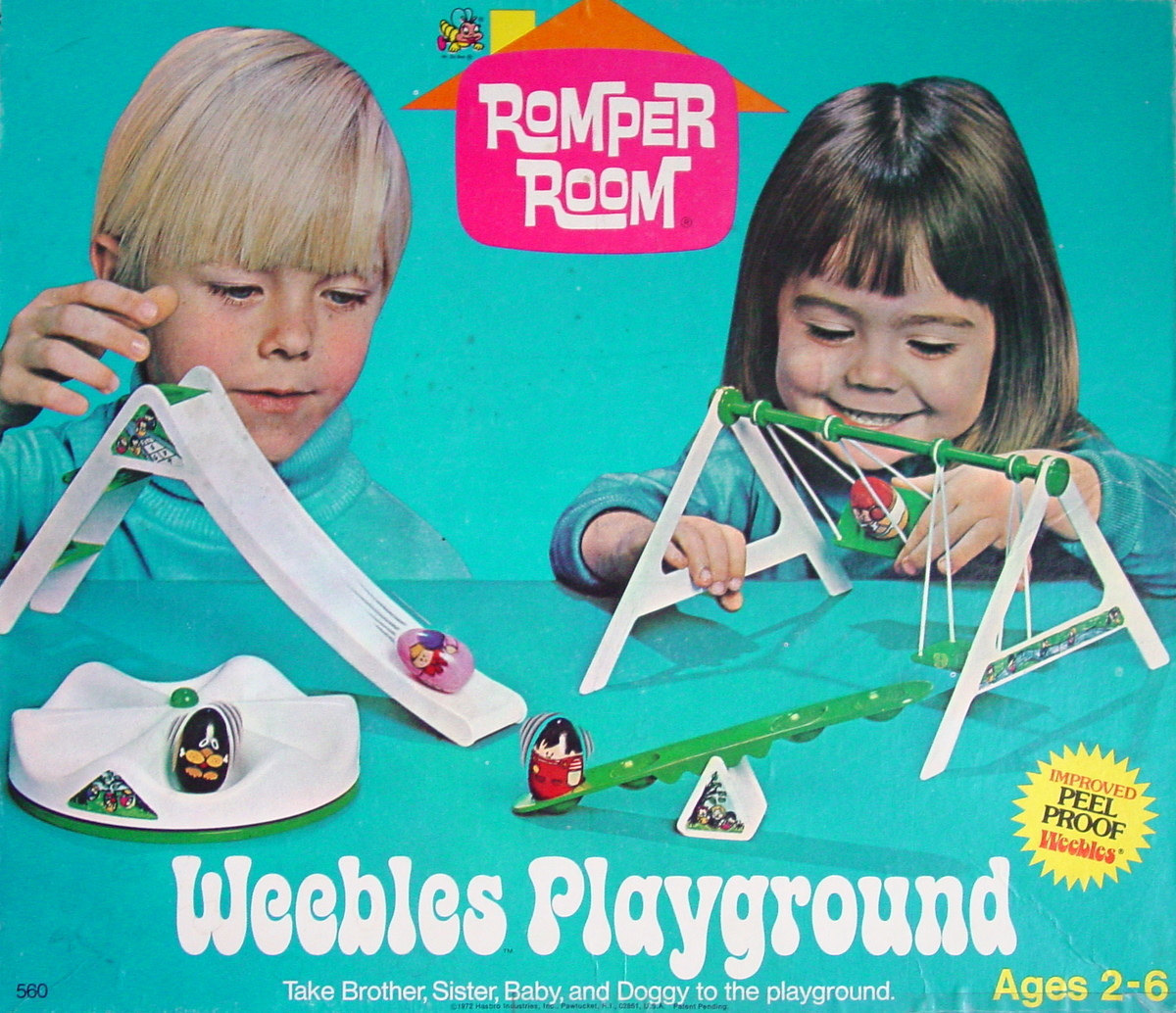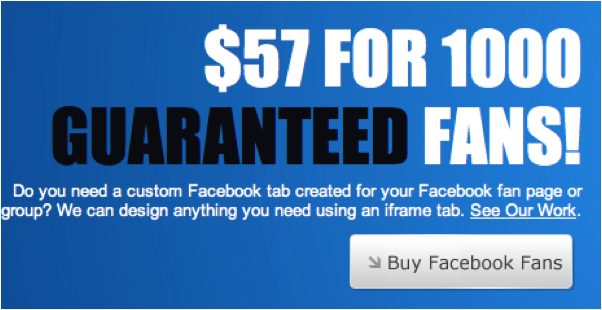
BROADS & NARROWS
Aka Twitter & Facebook
When you talk to people you’re usually (hopefully) not constantly shouting. And it’d be really nice if there was a context and flow to the conversation. That’s just how life works. Consider this example:
You: I’m going to the Sox game tonight – great seat!!
Your Doctor: Uh, Jim … there’s something I need to tell you.
You: Team Jacob all the way! Are you with me?
Your Doctor: You’re bleeding from your eyeballs, and you haven’t got long to live.
You: Buy my album – it’s available on my website!
There’s something to be said for broadcasting messages to the masses, but as illustrated above one-on-one conversations have their place too. Especially in the doctor’s office. When you start exploring Twitter and Facebook, you need to think in terms of broadcasting and narrowcasting.
Twitter is a broadcasting tool – it sends messages out to a large crowd of people and its functionality limits you to “just” the message: 140 characters. It’s not the place for deep, hours-long conversations, and attempts to “chat” on Twitter end up somewhat stilted and confusing. The beauty of Twitter lies in its ability for users to absorb or collect a large amount of information quickly. In even more basic terms, it’s a snapshot of what’s going on everywhere at a given moment.
For musicians, Twitter is great for basic announcements (new show added, album release tomorrow, etc.). It’s safe to say that a solid majority of musicians have mastered this basic level of broadcasting. The technology is fairly simple: Type your message, hit submit, done.
Facebook is a more evolved creature. And it creates levels of access that help keep those interested “in” while the rest of the world has to watch from the wings. Even the terminology displays this. People merely follow you on Twitter, but they like you on Facebook. Isn’t it nice to be liked?
Anyway, narrowcasting is sending a message to a smaller audience. It can be more personal, and it’s often something that only applies to a more select group. Facebook is a tool for narrowcasting. Only your fans are going to see the message, and (ideally) it’s only meant for them.
Facebook allows you to converse directly with your fans and build a sense of community that leads to sales and support down the road. They’ve already indicated that they like you, so it’s an instantly more qualified base to start from than Twitter – the broadcasting tool.
Earlier on, we discussed that you need $10k to properly market and promote an artist or band. Here’s where that valuation comes into play. Twitter followers have a significantly lower value because there’s a much lower investment of their time in your career. Think of how many Tweets are tweeted that you never see. Now consider how many Facebook posts you read/react to on a given day. There’s more depth and attention on Facebook hence a greater value for those who like you there. This might seem obvious to some, but it still escapes the notice of many. If you consider how much easier it is to build followers on Twitter than on Facebook, it’s even more obvious.
So what to do with this knowledge? For starters, you need to think about how you position your messaging. Knowing that Twitter has a MASSIVE amount of information racing past you at any given time, are you going to try and be all subtle and sly with what you post? And if you post a series of tweets (because it just doesn’t all fit into 140 characters), your followers probably won’t see the tweets back to back, so the message gets misinterpreted, or at best partially understood.
On Facebook, there’s less of a concern about messages getting missed or confused. You can also include pictures/videos/links in a way that displays and conveys much more effectively.
Twitter
We opened up a Twitter account for a client without realizing they had already opened one on their own. For whatever reason (usually too much scotch or too little coffee), we didn’t close the account we created. Without doing any design on the profile page, adding any personal info, or sending a single tweet, we were shocked at what happened. In 72 hours, we had amassed 276 followers. These were followers we hadn’t searched or solicited, and they were following a completely blank untouched profile that lacked any discernable or identifiable content.
This taught us something valuable: it’s easy to get followers on Twitter. In the early days of the platform, it was safe to say that for every two people you followed, one would follow you back. Multiply that out and add a few thousand mouse clicks, and you can garner a pretty hefty amount of followers quickly. Soon Twitter caught on to this and you were limited to adding 2,000 people per day. Then they started messing with the ratio of following to followers to determine how many people you could add on a given day. Regardless, adding followers on Twitter was more a test of how much time you could spend on the platform than any actual marketing skills. For lots of artists, just having that huge number of followers is sufficient for them to be “successful” on Twitter. One could argue that size matters, and in this case it’s the only thing that matters.
However, as any insecure man will tell you, success isn’t solely based on size.
When you start building a fanbase on Twitter, ideally you want to target people that’re intereted in what you’re all about. It’s not just about the numbers. Earlier on, we valued a fan on Facebook at $9.56 and a Twitter follower at $0.25. Speaking in gross generalities that means one fan on Facebook equals 38.24 followers on Twitter. So it’s fair to add a stack of Twitter followers, but do your best to qualify them somehow.
Here are a few basic ways to starting building a following on Twitter:
Fan Grabbing
You’re starting a heavy metal band similar in sound to Pantera. So you go to their Twitter profile[1] and start following their followers. They’ve got over 65k followers, so there’s bound to be some in there that’ll dig the sounds you’re layin’ down. Sure enough, you follow a bunch, they follow you, and a few days later you notice that you’ve got something like this:
Followers: 500
Following: 3,899
At this point it becomes obvious to the casual marketing professional[2] that you’re just fan grabbing. It’s time to go in and start unfollowing the folks that aren’t following you. You can do this manually inside Twitter, but there are multiple sites and programs that will speed the process along. We’ve been using JustUnfollow.com[3] with pretty happy results. You’ll only be able to unfollow 25 per day, but there’s an upgrade for $9.99 that makes things much more agreeable. It’s worth it, we promise.
Twitter will limit you, by the way, from unfollowing more than around 100 people at a time. This is done, naturally, to avoid massive amounts of follows and unfollows going on all the time. I’m sure it saves some bandwith on the Twitter side too. Nobody wants to see that fail whale, right?
#HashTaggery
To organize massive amounts of thoughts into some kind of consistent mass, Twitter uses hashtags (#). You’ll see a tweet like this:
We’re psyched to see Chicken Gods of Death tonight #heavymetal
Now anyone that’s interested in tweets about heavy metal can search that trending topic, and presto – there you are! Assuming you’re still creating that Pantera-esque band, you can now find a bunch of potential new fans by following anyone posting with the #heavymetal hashtag.
The Cool Kids
It’s nice to know people. For everyone that ever said “I know a guy” and got you upgraded to front row seats, you know what we mean. Twitter can be the same way. Getting the stamp of approval from others often equates to validation of your success. Since this is Twitter, folks aren’t going to sniff out credentials, but if their friend says you’re cool, they’ll probably be inclined to believe them.
Look amongst your real life friends/colleagues, see who’s got a decent following on Twitter and ask ‘em for a few tweets on your behalf. Similarly, if there are artists you admire, telling them so isn’t a bad idea. You tweet to them, their followers might just follow you. It happens, really!
Geo-tacular
A tactic we particularly like is working within a particular region. If you’re starting a band in Boston, search out on Twitter for relevant Boston-based Twitter-ers – fans, critics, clubs, etc. We recommend Flockoo[4] for this.
Be there now – most of the time
One of the best ways to be successful with Twitter is to actually use it. As dumb as that may sound initially, there’s no equal to a live tweeting person. Engagement with people leads to activity. Activity leads to follows. Follows lead to increased attention and interest. And all of that, ideally, can lead to more fans and more cash in your pocket.
We know – you’re busy and The Man won’t let you sit around all day on Twitter. Without totally ignoring what we just said, we can also recommend services that allow you to pre-schedule Tweets. Some email providers and direct to fan platforms offer this service, but we’ve been using Later Bro[5] (for free!) quite happily for a while now. It’s super simple, and very much to the point. You type in a tweet and can either send it now, or schedule it for later delivery. That’s really all there is to it.
In an ideal scenario, you can pre-schedule a stack of tweets about topics that’re “static.” In other words, don’t post the outcome of next week’s NFL playoffs, but it’s probably safe to schedule tweets regarding your upcoming gigs.
Here at D.I.-Why, we pre-schedule a few days of tweets around static topics, but we also sit live on Twitter for varied periods each day. That way we can contribute to whatever’s “in the moment” but we’ve also got stuff that we know will post regardless.
One more time, please?
Unless you’re a dedicated follower of someone on Twitter, or a total marketing geek (like us), we don’t know of too many people that will go back to re-read old tweets. You’ll see what’s happening when you’re actually online, but once it goes by … it’s gone. Don’t look back, it’ll only bring back sad memories. Besides, you can do better than him.
But we digress …
The point to all this is that if you’ve got something worth saying once (our next gig is …), it’s probably worth repeating a few more times throughout the day. We explain it thusly:
If you’re standing beside the highway and cars are whizzing by, how many of those cars will you remember in any detail after 5 or 10 minutes?
Shrinkage sucks
Twitter gives you the option to shrink URLs. This is good if you’re linking to a YouTube video which has a long, random URL string that doesn’t make much “English” sense. But if you’re linking to your own website, or something significant that folks should remember, better to become an excellent editor than to shrink that (important) URL.
For this book, we created a whole website at www.analysisofhype.com. If you bought the book online, you clicked that link at least once. Much of our Twitter campaign for the book was to tweet out quotes alongside links to the book’s website. Seeing the domain is far more powerful and memorable than something generic. Don’t believe us, well which can you remember more easily: www.analysisofhype.com (or) bit.ly/24Fs9#j ? In marketing, you’re always working to create a lasting memory that someone can act on – bit.ly links aren’t that memorable, and it helps explain why people will pay crazy amounts of money to get certain web domains.
Facebook
Facebook is (right now, in 2011) very cool. We add the parenthetical just in case something else comes along to revolutionize the way we stalk former boyfriends and girlfriends, remember when someone’s birthday is, and remind people that you hate your job.
Remember, for a while in the early 21st Century, we all raced to get on Friendster. Then we dumped Friendster like a drunk prom date, and got all up inside MySpace. Now it’s Facebook, but in a couple years it can move on again. That’s life.
For now though, Facebook is dominant, and so musicians find ways to benefit. Let’s get through a few of the basics first.
Personal vs Artist Profiles
D.I.-Why gets this question all the time: musicians call and they’re all flummoxed because they can’t seem to get their storefront to show up on their Facebook page.
There are two different types of profiles available to you on Facebook. The one most people have is “personal.” It’s for any regular person who exists solely as a person. If you’re also a business/musician/public entity, then you want that type of profile. For our purposes, we’ll refer to these as artist pages.
The easiest way to tell the difference is how you add one to your list of friends/likes. If you choose “Add Friend” then you’re adding a real person as a real friend. If you choose “Like” then it’s an artist page.
Once artists understand this, we get a second call: How do I move all these people from my personal profile to my artist page? The short answer is, well, it’s not that easy. All the effort you spent getting them to your personal profile now has to be re-spent getting them to jump over to the artist page. The smartest way to do this is to incentivize the move. Have exclusive content that’s only available on the artist page. Be even more accessible to fans on your artist page – and promote that fact. Have a “Q&A” session on the artist page.
If you’re setting up a storefront on your artist page, you have the option (with most direct to fan platforms) to have special pricing only on Facebook. We recommend promoting a special sale for all fans on your artist page. Add some special content, or a unique merch item, and watch fans start to jump.
There’s one special piece of data that Facebook does the most conclusive job of providing: user demographics. Your artist page will have a link to “Insights.” These insights offer stats on everything from activity on your page to where your fans are to a breakdown by age and/or gender. Here’s what we’re talking about:

In this case, the band has slightly more female fans and we can see that roughly 45% of their fans (on Facebook) are between the ages of 18 and 24. Since Google Analytics can’t tell you who’s looking at your website (relative to age/gender), your Facebook insights are a crucial piece of your marketing mix.
So what? Well, let’s say your planning to tour. If a bulk of your fans are under 21 that should influence your choice of venues. And what about merch? If Facebook tells you that 75% of your fans are ladies, then doesn’t it make sense to create stuff that appeals specifically to women?
Much like Google Analytics, Facebook’s insights will also tell you which posts are more popular and effective.

How many users clicked on your post? That’s what “engaged users” tracks. It’s easy to figure out what’s working and what’s not. Remember, when someone “likes” your artist page, or leaves a comment on it, that creates a message that all of their friends can see. Virality indicates how many people have created their own post based upon the one they read on your page. High virality numbers lead to greater exposure and added opportunities to Connect with Fans to whom you can provide Reasons to Buy and help you perpetuate a music career.
[2] Usually the ones who spend hours workng from Starbucks while only ordering a $2 cuppa coffee.
D.I.-Why







